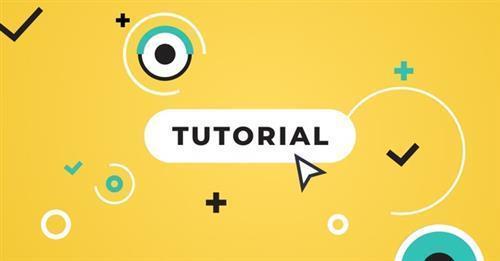V
voska89
Moderator
- Joined
- Jul 7, 2023
- Messages
- 42,387
- Reaction score
- 0
- Points
- 36

Free Download Strategic Software Testing - Selecting Testing Approaches to Fit a Need
Released 10/2023
MP4 | Video: h264, 1280x720 | Audio: AAC, 44.1 KHz, 2 Ch
Genre: eLearning | Language: English | Duration: 3h 47m | Size: 817 MB
Unlock the benefits of software testing by learning to select and implement the most effective testing strategy for your specific software development context.
For a software system, arguably the paramount concern is ensuring its flawless and non-harmful performance rather than merely its existence. Software testers play a critical role in achieving this goal, but the testing landscape is rich with diverse schools of thought, methodologies, tools, and techniques. Pivotal questions for testers are as follows: Should your emphasis be on manual testing or automation? Should you primarily be creating test scripts? And what kinds of automated tests are likely to provide value to your specific application?
This video provides an overview of the array of testing techniques and approaches available to testers, but more importantly, how to consider their relative strengths and weaknesses to create a strategy for testing that selects from those approaches to fit a specific need.
About the Instructor
Jim Weaver is a software developer and trainer with over thirty years' experience working with teams to build software in a variety of languages and for many different types of endeavors. He's helped to build patient portals, medication prescribing applications, telecommunication network monitoring systems, testing frameworks, and even (drum roll) tractor leasing software! He's held many roles in the IT industry, accumulated many programming scars, and currently focuses on teaching.
Learn How To
Understand the strengths and weaknesses of testing approaches and techniques
Use context to inform your testing strategies and approaches
Distinguish between the relative value of human-interactive and automated testing approaches
Construct and adjust testing strategies for short and long range goals
Leverage the strengths and talents of team members to implement testing strategies
Who Should Take This Course
Software testers interested in broadening their skills
Software developers interested in learning more about testing
Managers interested in understanding software testing approaches and techniques
Course Requirements
Basic understanding of the field of software application development
Lesson descriptions
Lesson 1: What is Software Testing? This lesson defines testing for the purpose of this course. It explores the significance of testing and testers, as well as aspects of a dedicated career in testing. It discusses high level testing philosophies, common ways of categorizing testing activities, and who tests on a team.
Lesson 2: The Need for Diversity in Testing Approaches: This lesson covers testing contexts, what is important to test, and the applicability (or sweet spot) of testing approaches. It discusses the importance of explicit strategy for a particular effort considering context characteristics. Finally, it summarizes how each new context requires thought about a new testing strategy or adjustment to an existing strategy.
Lesson 3: Understanding Human-driven, Interactive Approaches to Testing: This lesson discusses specific testing techniques and practices. It examines the traditional role of a tester/quality analyst, and covers practices and techniques, including feature confirmation testing, regression testing and test scripts, exploratory testing, usability testing, integration testing, testing requirements, and a variety of common tool-assisted testing practices.
Lesson 4: Understanding Automated Testing: This lesson discusses ways and reasons to automate tests. It discusses the automated tester role, test surfaces (also appliable to interactive tests but an essential concern for automated ones) and specific types of automated testing, such as unit testing, testing through user interfaces, API testing, functional testing, performance and load testing, smoke testing, and static analysis.
Lesson 5: Informing Testing Strategies: This lesson examines common types of contexts for software development that frequently impact testing. It covers how to think about and identify contexts, and then explores several common contexts, such as the workplace, the team and process, the application domain, build or buy, the delivery lifecycle, application functionality, risk, architecture and system integration, and application usage and parallelism contexts.
Lesson 6: Formulating Testing Strategies: This lesson discusses how to formulate and adapt testing strategies to fit software development contexts. It introduces a structured format to use to consider and list context characteristics that affect testing for a particular endeavor. It explores time-boxed testing strategies and formulations for these strategies in various project scopes and sizes. It presents several examples of realistic software efforts and explores factors that might require adjustment to testing strategies during project or product development.
Recommend Download Link Hight Speed | Please Say Thanks Keep Topic Live
Rapidgator
burki.Strategic.Software.Testing.Selecting.Testing.Approaches.to.Fit.a.Need.rar.html
Uploadgig
burki.Strategic.Software.Testing.Selecting.Testing.Approaches.to.Fit.a.Need.rar
NitroFlare
burki.Strategic.Software.Testing.Selecting.Testing.Approaches.to.Fit.a.Need.rar
Fikper
burki.Strategic.Software.Testing.Selecting.Testing.Approaches.to.Fit.a.Need.rar.html
No Password - Links are Interchangeable
